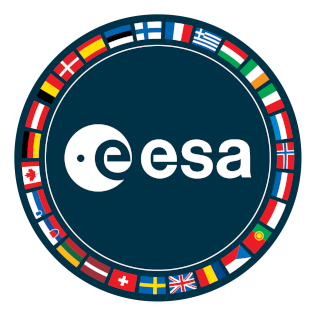- cross-posted to:
- [email protected]
- cross-posted to:
- [email protected]
The European Space Agency has revealed that a few layers of ice approximately the width of a strand of DNA have begun to impact its Euclid telescope’s optics.
The problem was discovered after operators noticed a small but progressive decrease in the amount of light coming from stars that were repeatedly observed by the telescope’s VISible instrument.
According to the agency, small amounts of water absorbed from the air during assembly on Earth were gradually “teased out by the vacuum of space.” The water then stuck to the first surface it landed on and froze in place. Unfortunately for Euclid, some of this water has frozen on highly sensitive mission-critical components. The ice build-up is likely just a few tens of nanometres thick, which is equivalent to the width of a strand of DNA. The extreme sensitivity of the telescope’s optics means that even this tiny amount of ice is affecting the data collected by Euclid.
According to ESA, teams have been working on the issue for several months and are currently in the process of testing a newly designed procedure to de-ice the telescope’s optics. The solution devised will see operators utilizing onboard heaters to independently warn individual mirrors. After each mirror is warmed, operators will examine if there has been any change. The hope is to isolate the affected areas without having too great an impact on the telescope’s delicate thermo-optical stability.
Can anyone explain why the water freezes rather than boils away in the vacuum of space?
Great question!


